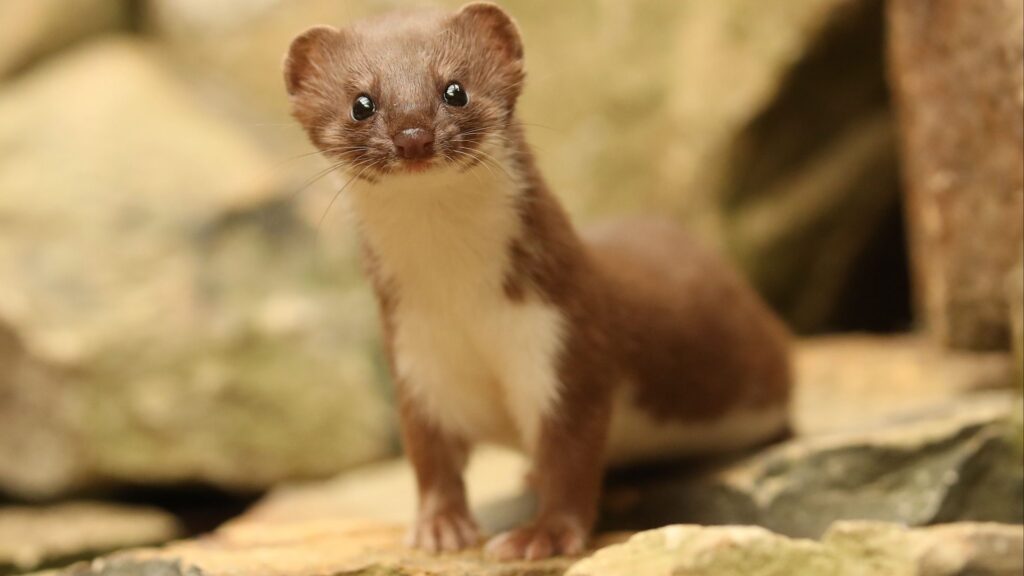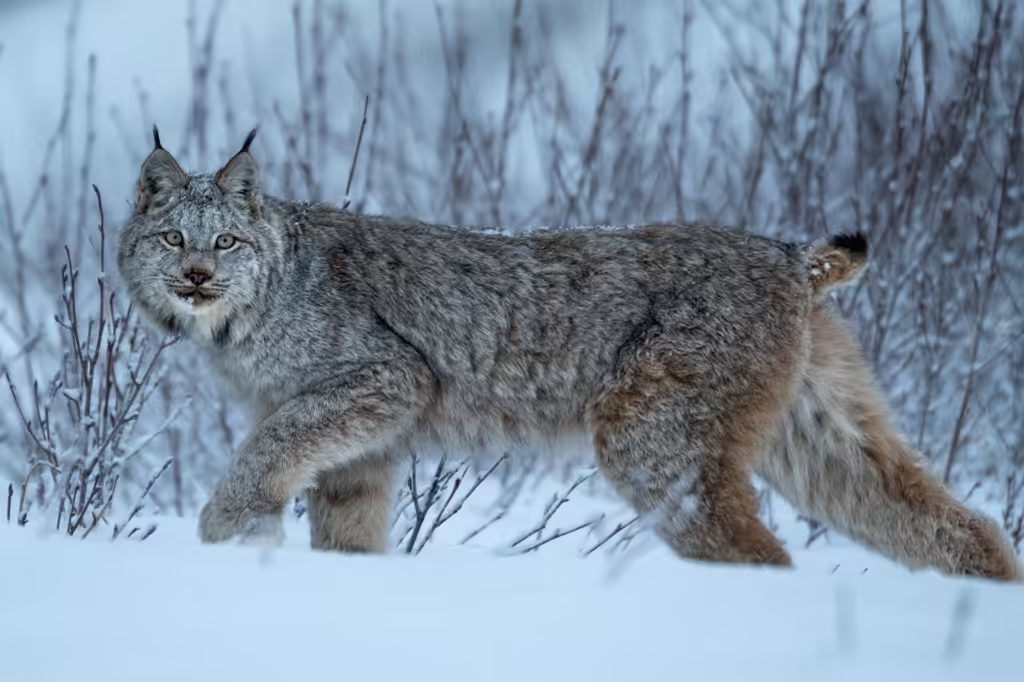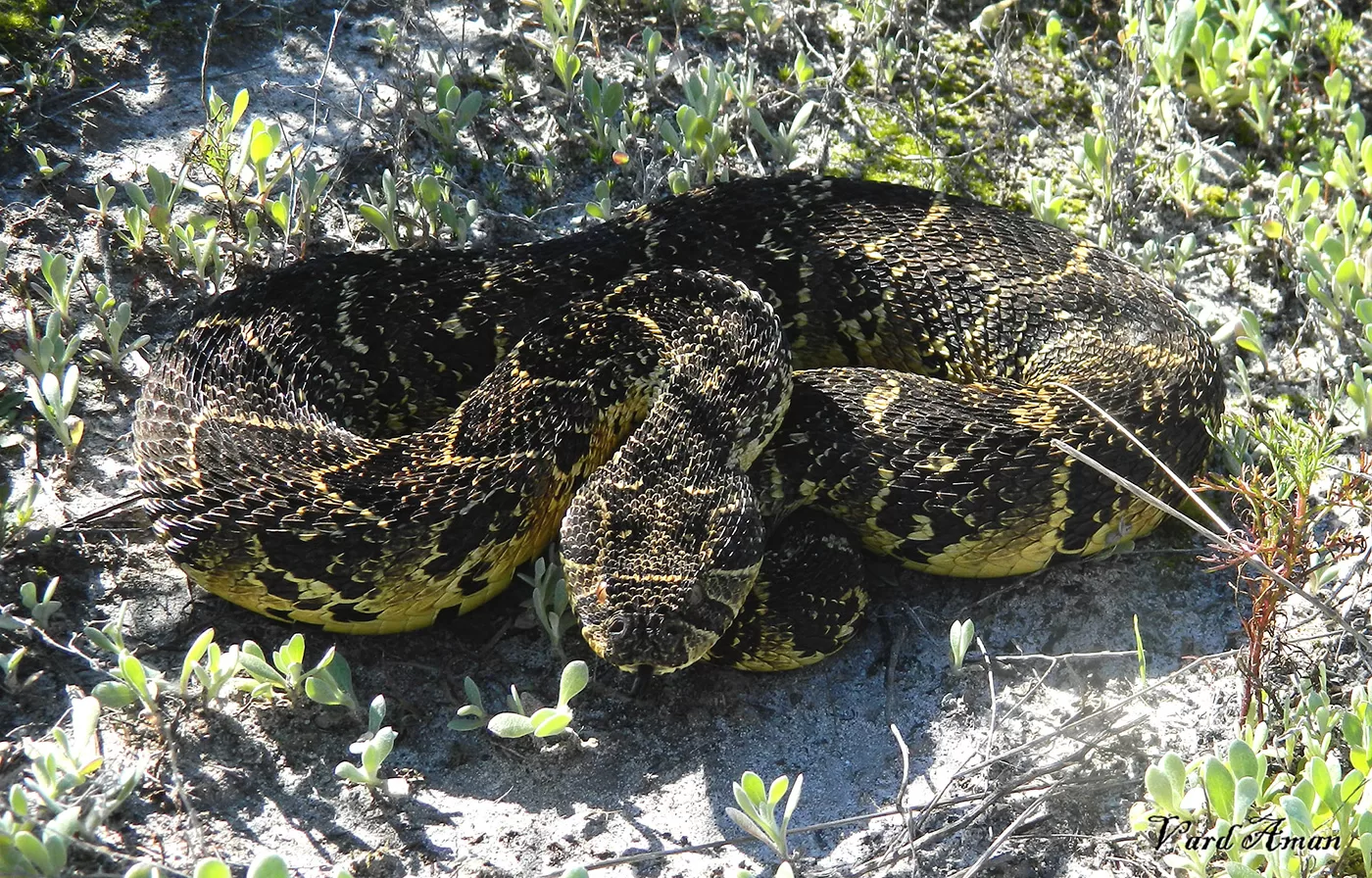Food & Climate
Puff adders (Bitis arietans) can be highly efficient at controlling rodent populations that threaten African agricultural production, according to new research from the University of the Witwatersrand in Johannesburg, South Africa, has revealed that.
Puff adders can increase their food consumption by more than 12 times above their maintenance levels when rodent populations surge—far outperforming traditional mammalian predators and offering a natural solution to devastating rodent pest problems, according to a report seen by “Food & Climate” platform.
“Puff adders are essentially nature’s perfect rodent control system,” says Professor Graham Alexander, who conducted the study. “Their ability to dramatically increase consumption during rodent outbreaks makes them invaluable allies for farmers facing potential crop devastation.”
Published in Scientific Reports, the study shows that individual adders can consume up to 10 rodents in a single feeding session. They are ready to feed again just a week later, providing continuous pest management with zero cost to farmers.
Rodent outbreaks during high rainfall years cause millions in crop damage annually, but maintaining healthy puff adder populations could significantly reduce these losses without costly chemical interventions.
But while the new study praises the benefits of the Puff adders in controlling rodents and protecting African agricultural production, it does not explain how to deal with this highly venomous creature.
Puff adders as natural pest controllers

Offering a compelling case for snake conservation, the new research identifies several key advantages of puff adders as natural pest controllers:
Their ability to increase consumption above maintenance levels dramatically outperforms mammalian predators such as weasels and lynx
They can survive up to two years without food after periods of abundant feeding, remaining in the ecosystem as “on-call” rodent controllers
They adapt their hunting to target rodents specifically when populations begin increasing. They can respond rapidly to prevent rodent numbers from reaching plague proportions
“What’s particularly valuable about puff adders is their natural abundance in many African habitats,” says Alexander. “While an individual puff adder consumes much less than a fox or mongoose, their higher population abundance creates a formidable collective impact on rodent numbers.”
In conducting this research, Alexander used a new measure called “factorial scope of ingestion,” which measures how much a predator can increase its food intake above normal maintenance levels, as well as the impact that a large population of snakes might have on prey animals.
By increasing their prey intake by 12 times their normal food needs during rodent blooms, a large population of snakes can have a considerable impact on keeping possible pest outbursts under control. This study challenges the traditional view of snakes as agricultural pests and reframes them as beneficial partners for sustainable farming.
“These findings demonstrate that puff adder population management should be an essential component of integrated pest management strategies,” says Alexander.
“By protecting these natural controllers, we can harness their remarkable abilities to support both ecosystem health and African agricultural production across Africa. This also highlights the need to have snakes included in conservation management plans”, according to “Phys.org“.
Protecting African Agricultural Production from Rodents
A University of South Africa study suggests that Puff adders could be used to protect African agricultural production from rodents, which cause huge losses to the continent’s farmers.
During the period when rodents spread and their numbers increase greatly, especially mice, agricultural losses can skyrocket up to 100 per cent, with major cereal and horticultural crops experiencing chronic global damages estimated at 5-25 per cent. Effective rodent management could provide enough cereals and crops to nourish an extra 279 million people worldwide.

Rodents often affect the most vulnerable and marginalised in society as their housing and storage are made of material that is easily breached. For low-income families, rodent damage can result in a loss of income equivalent to 2-3 months’ worth of food.
This affects both men and women, but losses in certain crops, such as stored products and home-garden vegetables, profoundly impact women’s livelihood, according to “Down to earth”.
The Puff Adder is widespread over much of southern Africa and further north into Africa. It is a heavy-bodied snake that relies on its excellent camouflage and is reluctant to move. Much of its life is spent in camouflage mode and recent research has shown that when hiding, the Puff Adder will not hiss or strike when approached, as this would give away its presence.
It is an ambush hunter that will coil up into a striking position and await its prey. This can last several days or even weeks. Toads are lured closer with flicking of the tongue. Puff Adder venom is potently cytotoxic, causing severe pain, swelling, blistering and in many cases severe tissue damage. Polyvalent antivenom is effective, according to “African snake bit institute”.

